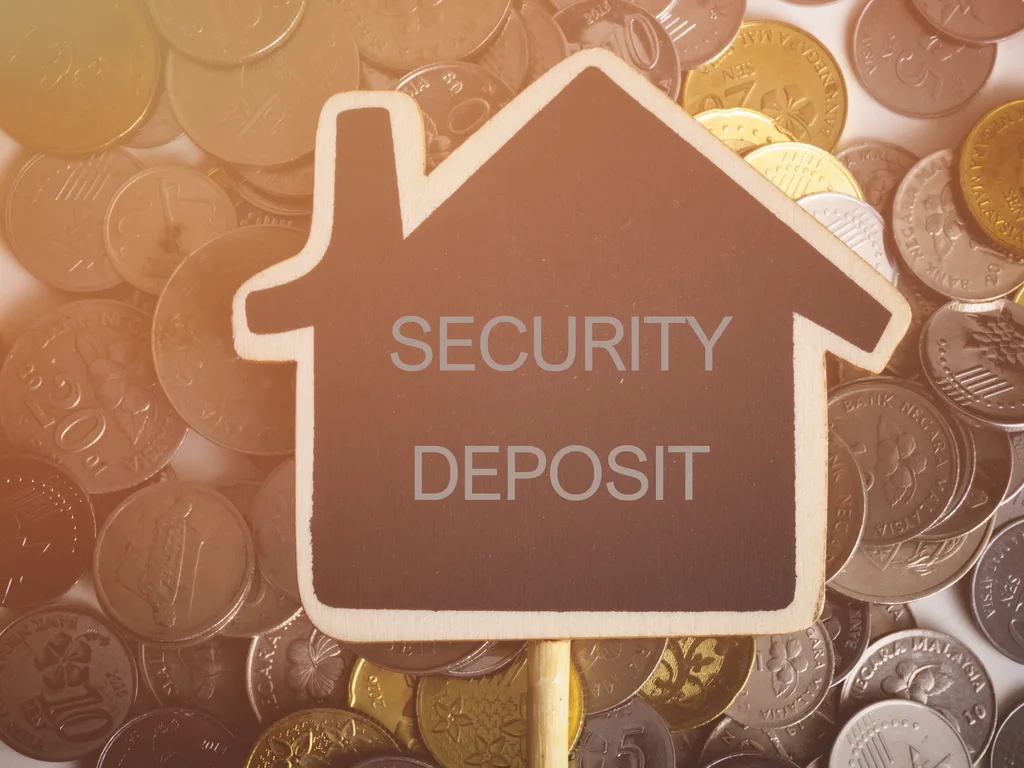Whether you’re a renter, homeowner, or prospective homebuyer, there are several housing benefits that you may qualify for that can help reduce the cost of your monthly expenses. However, each program has its own intended uses, benefits, and eligibility requirements that your household will need to meet to qualify for assistance.
From utility and rental assistance programs like Section 8 and LIHEAP assistance to federally subsidized loans and VA loan benefits – here’s a closer look at the best assistance programs available in the United States.
The Low Income Home Energy Assistance Program (LIHEAP) is the largest energy-assistance program in America. The LIHEAP program is designed to help low-income families pay heating or cooling bills, avoid utility shut offs, and cover the cost of weatherization improvements.
Additionally, the program helps in the event of heating and cooling emergencies, such as broken or insufficient furnaces or air conditioners.
Whether or not LIHEAP assistance is available for heating, cooling, or both is determined by the state you live in. For example, many states that experience higher temperatures during the summer provide cooling assistance to qualifying residents.
While LIHEAP benefits are available to renters and homeowners, you must meet the program’s income guidelines to receive assistance. However, income guidelines are set by each individual LIHEAP office, so you will need to contact your local office to see if you qualify.
That being said, your household will automatically meet income guidelines if at least one member receives benefits from any of the following Federal programs:
- Supplemental Security Income
- SNAP (food stamps)
- Certain needs-tested veteran benefits
- Temporary Assistance for Needy Families (TANF)
If you are in need of assistance, it’s essential that you submit a LIHEAP application as soon as possible. Most LIHEAP offices have specified periods where general applications are accepted. However, emergency assistance is generally available year-round where funds are available. Funding for the LIHEAP program is limited.
In fact, it’s estimated that only around 20 percent of qualifying households receive benefits. For that reason, many states rely on a first-come, first-serve basis or opt for providing benefits to households that meet priority guidelines, such as households with senior citizens, disabled persons, or children.
To apply for LIHEAP assistance, contact your local LIHEAP office. Some LIHEAP offices allow you to submit your LIHEAP application online, by phone, or by mail. Otherwise, you will need to visit an office in person.
If your office can assist you with your utility bill, the LIHEAP office will most likely submit your benefits directly to your utility account. If the payment LIHEAP provides exceeds the amount you owe, the remainder will be applied to your next bill.




